Gone are the days when gardens were limited to sprawling green lawns and traditional flower beds. As urban living becomes increasingly prevalent, gardeners are now turning to innovative solutions to maximize their outdoor space. One such trend that has been gaining popularity is the concept of vertical gardens. By reimagining the layout of your backyard, you can transform even the smallest of outdoor areas into a lush and thriving oasis. Let’s delve into the world of backyard vertical gardens and discover how you can rethink your garden space in a whole new dimension.
Why Consider Vertical Gardens?
 Vertical gardens offer a unique and innovative way to maximize your garden space, especially in smaller backyard areas. By utilizing vertical space, you can create a lush and vibrant oasis without sacrificing valuable ground space. Whether you’re looking to add more greenery to your outdoor living area or simply want to experiment with a new gardening technique, vertical gardens can be a game-changer.
Vertical gardens offer a unique and innovative way to maximize your garden space, especially in smaller backyard areas. By utilizing vertical space, you can create a lush and vibrant oasis without sacrificing valuable ground space. Whether you’re looking to add more greenery to your outdoor living area or simply want to experiment with a new gardening technique, vertical gardens can be a game-changer.
One of the main advantages of vertical gardens is their ability to turn boring walls or fences into eye-catching focal points. With the right plants and design, you can create a stunning living art piece that will impress your guests and neighbors. Additionally, vertical gardens can help to insulate your home, reducing energy costs and creating a more comfortable indoor environment. By adding a layer of greenery to your walls, you can also improve air quality and promote a sense of well-being.
Incorporating a vertical garden into your backyard can also provide numerous environmental benefits. These gardens can help to reduce urban heat island effects, combat air pollution, and promote biodiversity. By choosing native plants and incorporating various species, you can create a mini ecosystem that supports local wildlife and insects. Embracing the world of vertical gardens is not only a stylish choice but also a sustainable one that can positively impact the environment.
Benefits of Vertical Gardening
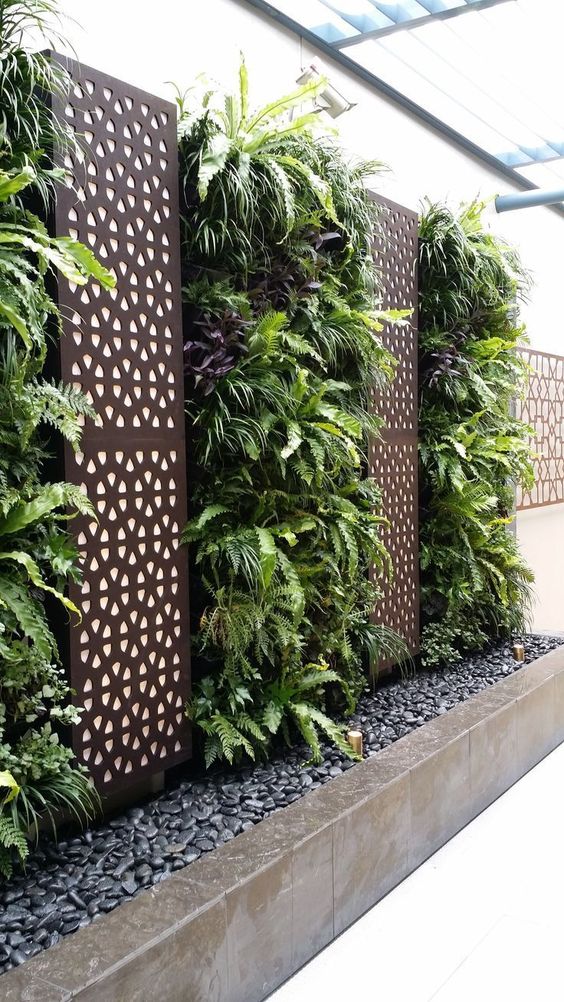 Vertical gardening is a game-changer for those looking to maximize their garden space. By utilizing vertical structures like trellises, walls, or hanging baskets, you can grow a wide variety of plants in a small area. One of the main is the ability to grow more plants in less space, making it perfect for urban dwellers or those with limited backyard space.
Vertical gardening is a game-changer for those looking to maximize their garden space. By utilizing vertical structures like trellises, walls, or hanging baskets, you can grow a wide variety of plants in a small area. One of the main is the ability to grow more plants in less space, making it perfect for urban dwellers or those with limited backyard space.
Another advantage of vertical gardening is the improved air circulation and sunlight exposure that plants receive. When plants are grown vertically, they are less likely to compete for sunlight and nutrients, leading to healthier and more productive growth. Additionally, vertical gardens can help improve air quality by reducing pollution and absorbing carbon dioxide. This makes them not only aesthetically pleasing but also environmentally beneficial.
For those looking to add a touch of creativity to their outdoor space, vertical gardening provides endless opportunities for unique and visually striking designs. Whether you’re interested in creating a colorful living wall, a herb garden on your balcony, or a cascading flower display, vertical gardening allows you to showcase your personality and gardening skills in a whole new way. So why not rethink your garden space and explore the world of backyard vertical gardens today?
Maximizing Small Spaces with Vertical Gardens
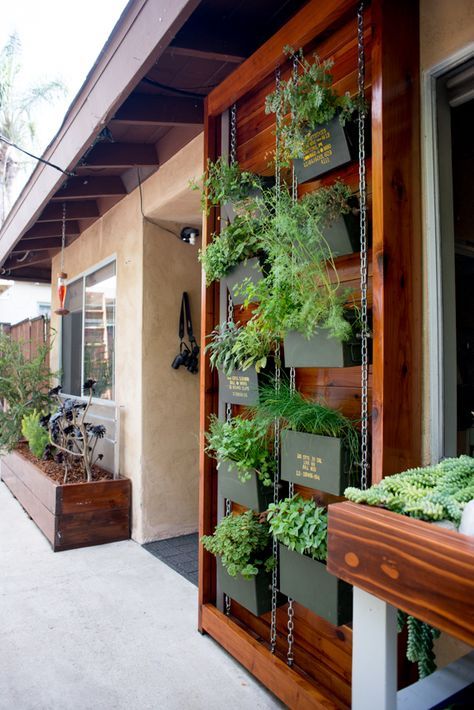 Vertical gardens are a creative solution for maximizing small spaces and adding a touch of greenery to any backyard. By taking advantage of vertical space, you can create a lush garden even in the tiniest of outdoor areas. These gardens are not only functional but also beautiful, adding visual interest and personality to your space.
Vertical gardens are a creative solution for maximizing small spaces and adding a touch of greenery to any backyard. By taking advantage of vertical space, you can create a lush garden even in the tiniest of outdoor areas. These gardens are not only functional but also beautiful, adding visual interest and personality to your space.
One of the key benefits of vertical gardens is their versatility. You can hang planters on walls, fences, or trellises, or even create a living wall with a variety of plant species. This flexibility allows you to customize your vertical garden to suit your style and space constraints. Plus, vertical gardens can help maximize sunlight exposure for your plants, ensuring they thrive in even the most compact of spaces.
If you’re looking to create a vertical garden in your backyard, consider using a mix of trailing and climbing plants to add depth and dimension to your space. Plants like ivy, ferns, and succulents work well in vertical gardens and can create a lush, cascading effect. Additionally, incorporating a variety of textures and colors will give your vertical garden a dynamic and visually appealing look. Get creative with your plant choices and design to make the most of your vertical garden space.
Remember, when designing a vertical garden, think outside the box and let your creativity soar. With a little ingenuity and some careful planning, you can transform even the smallest backyard into a verdant oasis.
Choosing the Right Plants for Vertical Gardens
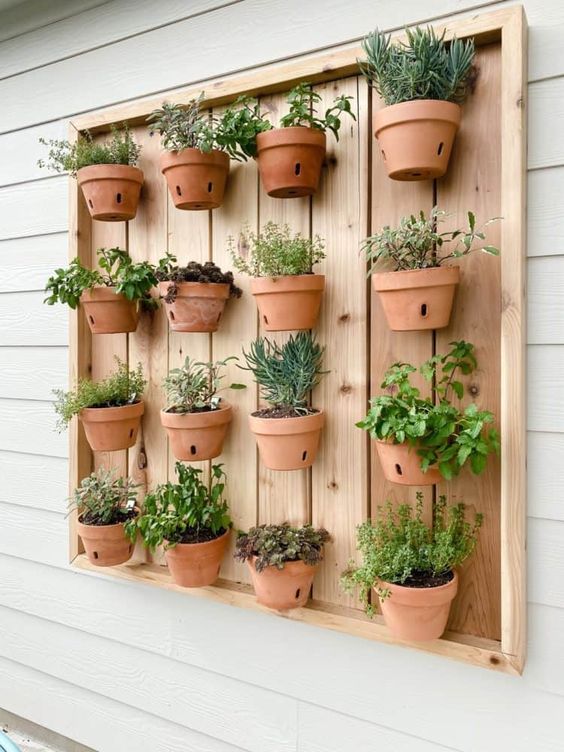 Vertical gardens are a fantastic way to make use of limited garden space and add a unique touch to your outdoor area. When choosing plants for your vertical garden, it’s important to consider a few key factors to ensure they thrive in their new home. One important factor to keep in mind is the amount of sunlight your vertical garden will receive. Plants that require full sun may not do well in a shady area, so be sure to choose plants that are suited to the light conditions of your garden space.
Vertical gardens are a fantastic way to make use of limited garden space and add a unique touch to your outdoor area. When choosing plants for your vertical garden, it’s important to consider a few key factors to ensure they thrive in their new home. One important factor to keep in mind is the amount of sunlight your vertical garden will receive. Plants that require full sun may not do well in a shady area, so be sure to choose plants that are suited to the light conditions of your garden space.
Another factor to consider when selecting plants for your vertical garden is their water requirements. Drought-tolerant plants are a good choice if you live in a dry climate or if you don’t want to spend a lot of time watering your garden. On the other hand, if your vertical garden will be in a location that receives a lot of rainfall, you may want to opt for plants that require more water. Succulents, herbs, and ferns are all good options for vertical gardens and come in a variety of shapes and sizes to add interest to your space.
If you’re looking to add some color to your vertical garden, flowering plants are a great choice. Options like petunias, geraniums, and impatiens can add a pop of color to your garden and attract pollinators like bees and butterflies. Don’t be afraid to mix and match different types of plants to create a visually interesting and diverse vertical garden that will be the envy of your neighbors.
Creative Design Ideas for Vertical Gardens
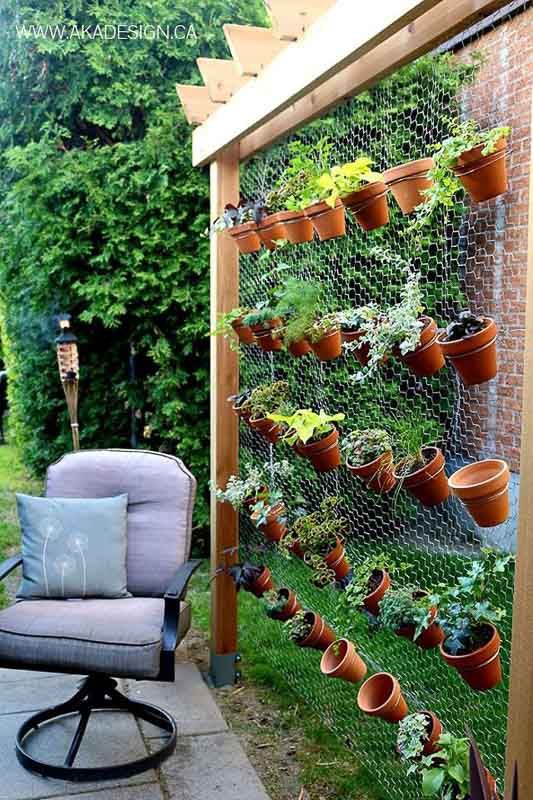 Vertical gardens are a unique and creative way to maximize your garden space and add a touch of greenery to any outdoor area. By thinking outside the box and exploring different design ideas, you can transform your backyard into a lush oasis. One creative design idea is to create a living wall using a variety of plants and herbs. By utilizing vertical space, you can enjoy fresh herbs for cooking or vibrant flowers for visual appeal.
Vertical gardens are a unique and creative way to maximize your garden space and add a touch of greenery to any outdoor area. By thinking outside the box and exploring different design ideas, you can transform your backyard into a lush oasis. One creative design idea is to create a living wall using a variety of plants and herbs. By utilizing vertical space, you can enjoy fresh herbs for cooking or vibrant flowers for visual appeal.
Another innovative design idea for vertical gardens is to incorporate hanging planters or decorative trellises. These elements can add depth and texture to your garden space, creating a visually stunning focal point. Hanging planters can be filled with trailing vines or colorful flowers, while trellises can support climbing plants like ivy or jasmine. By mixing and matching different types of plants, you can create a dynamic and engaging vertical garden that is both beautiful and functional.
For a more modern and sleek design, consider incorporating geometric shapes and patterns into your vertical garden. Using materials like metal or wood, you can create structured and visually appealing planters that add a contemporary touch to your outdoor space. Experiment with different shapes, such as squares, triangles, or hexagons, to create a unique and eye-catching design. By playing with scale and symmetry, you can create a one-of-a-kind vertical garden that is sure to impress.
DIY vs. Professional Installation: Whats Best for You?
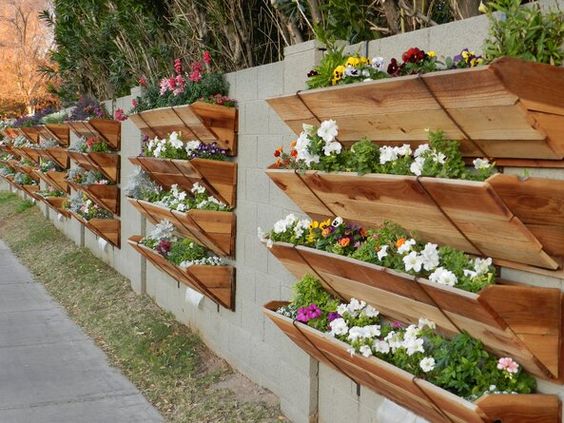 When deciding between DIY and professional installation for your backyard vertical garden, there are a few key factors to consider. One of the main benefits of opting for a DIY approach is the cost savings. By taking on the project yourself, you can avoid the expenses that come with hiring a professional landscaper. Additionally, DIY projects can be a fun and rewarding way to showcase your creativity and gardening skills.
When deciding between DIY and professional installation for your backyard vertical garden, there are a few key factors to consider. One of the main benefits of opting for a DIY approach is the cost savings. By taking on the project yourself, you can avoid the expenses that come with hiring a professional landscaper. Additionally, DIY projects can be a fun and rewarding way to showcase your creativity and gardening skills.
On the other hand, professional installation offers expertise and convenience that DIY projects may lack. Landscapers have the knowledge and experience to design and install a vertical garden that is not only aesthetically pleasing but also functional. They can also provide valuable advice on plant selection, irrigation systems, and maintenance, ensuring that your garden thrives for years to come.
Ultimately, the decision between DIY and professional installation comes down to your individual needs and abilities. If you have the time, resources, and passion for gardening, DIY may be the way to go. However, if you are looking for a professionally curated and hassle-free solution, hiring a professional landscaper could be the best choice for transforming your garden space.
Maintaining Your Vertical Garden: Tips and Tricks
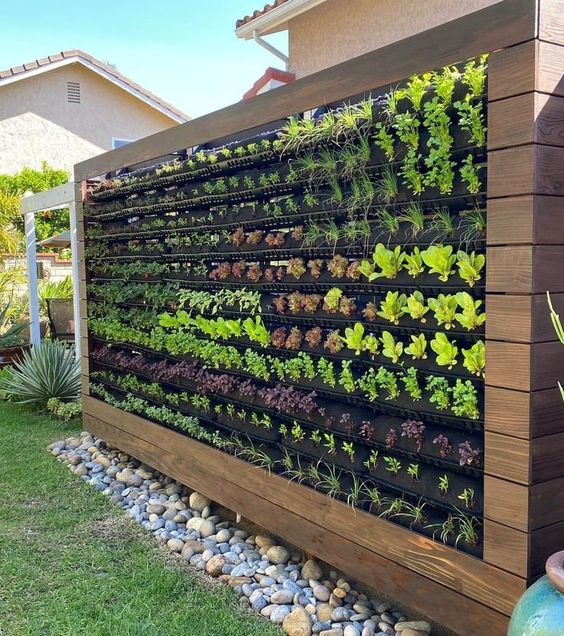 Vertical gardens are a wonderful way to maximize limited space in your backyard while adding a touch of greenery and beauty to your outdoor area. By thinking vertically, you can transform a blank wall or unused space into a thriving garden oasis. With the right tips and tricks, maintaining your vertical garden can be both easy and enjoyable.
Vertical gardens are a wonderful way to maximize limited space in your backyard while adding a touch of greenery and beauty to your outdoor area. By thinking vertically, you can transform a blank wall or unused space into a thriving garden oasis. With the right tips and tricks, maintaining your vertical garden can be both easy and enjoyable.
To keep your vertical garden flourishing, consider these helpful suggestions:
-
- Choose the right plants: Opt for plants that thrive in vertical environments, such as succulents, ferns, and herbs.
-
- Regular watering: Ensure your vertical garden receives enough water, as plants in vertical gardens tend to dry out faster.
-
- Prune and trim: Keep your plants looking their best by regularly pruning and trimming any dead or overgrown foliage.
Additionally, it’s important to regularly inspect your vertical garden for any signs of pests or diseases. By staying proactive and addressing any issues early on, you can help your plants stay healthy and vibrant. Remember, vertical gardens require a bit more attention than traditional gardens, but the end result is well worth the effort.
Incorporating a vertical garden into your backyard space can completely transform the look and feel of your outdoor oasis. Whether you’re looking to add a pop of color to a blank wall or create a lush sanctuary in a small backyard, vertical gardens offer endless possibilities. With a little creativity and some helpful maintenance tips, you can enjoy a stunning vertical garden that will be the envy of all your neighbors. So, rethink your garden space and explore the world of backyard vertical gardens today!
Eco-Friendly Practices for Vertical Gardens
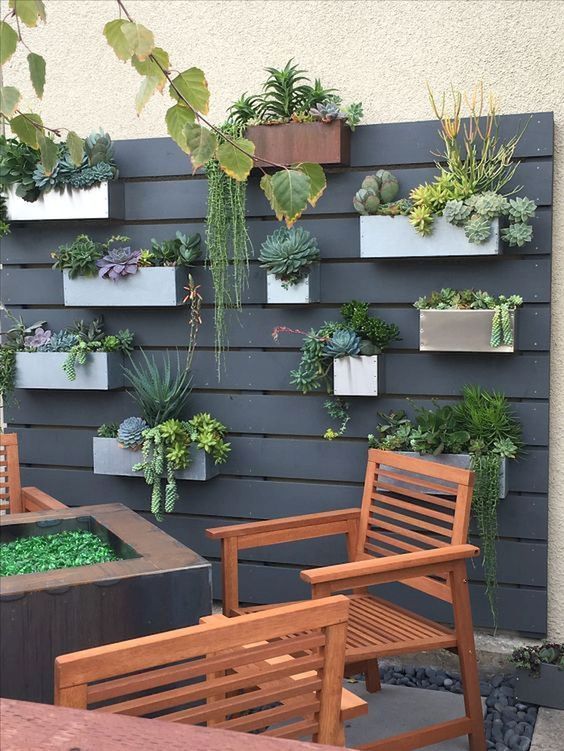 Vertical gardens are a creative and sustainable way to make the most of limited garden space while also promoting eco-friendly practices. By incorporating these innovative designs into your backyard, you can reduce your carbon footprint and create a beautiful and functional space. One key aspect of vertical gardens is choosing the right plants that will thrive in a vertical environment. Consider using plants that are native to your region or are well-suited for vertical growing conditions.
Vertical gardens are a creative and sustainable way to make the most of limited garden space while also promoting eco-friendly practices. By incorporating these innovative designs into your backyard, you can reduce your carbon footprint and create a beautiful and functional space. One key aspect of vertical gardens is choosing the right plants that will thrive in a vertical environment. Consider using plants that are native to your region or are well-suited for vertical growing conditions.
In addition to selecting the right plants, it is important to use eco-friendly materials in the construction of your vertical garden. Opt for sustainable materials such as reclaimed wood, recycled plastic, or metal that has been repurposed. These materials not only reduce waste but also contribute to the overall aesthetic of your garden. You can also explore DIY options for creating your vertical garden, using materials that are readily available and easy to repurpose.
Water conservation is another essential aspect of eco-friendly vertical gardens. Implementing a drip irrigation system can help minimize water usage and ensure that your plants receive the right amount of moisture. Consider collecting rainwater in a barrel to use for watering your garden, reducing the need for excess water consumption. By incorporating these eco-friendly practices into your vertical garden design, you can create a sustainable and thriving outdoor space that benefits both the environment and your well-being.
Vertical Gardens: A Solution for Urban Living
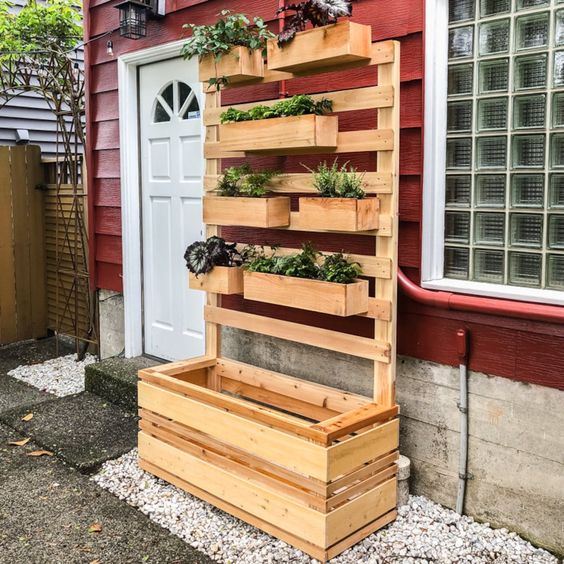 Vertical gardens are a creative solution for maximizing garden space in urban areas where land is limited. By utilizing vertical structures like walls or trellises, you can transform any small backyard into a lush oasis of greenery. These gardens not only add beauty to your outdoor space but also provide numerous benefits for the environment and your well-being.
Vertical gardens are a creative solution for maximizing garden space in urban areas where land is limited. By utilizing vertical structures like walls or trellises, you can transform any small backyard into a lush oasis of greenery. These gardens not only add beauty to your outdoor space but also provide numerous benefits for the environment and your well-being.
With a vertical garden, you can grow a wide variety of plants, from flowers to herbs to vegetables, without taking up much ground space. Imagine a wall covered in cascading vines, colorful flowers, and aromatic herbs – a feast for the senses right in your backyard. Plus, vertical gardens can help improve air quality, reduce noise pollution, and even lower energy costs by providing insulation for your home.
Embrace the world of vertical gardens and unleash your creativity in designing a unique and functional garden space. Experiment with different plant arrangements, colors, and textures to create a visually stunning and sustainable garden. Whether you opt for a DIY vertical garden project or invest in a pre-made system, the possibilities are endless when it comes to reimagining your outdoor space. So, rethink your garden space and let your imagination soar with the endless possibilities of vertical gardens.
Vertical Gardens and Sustainable Agriculture
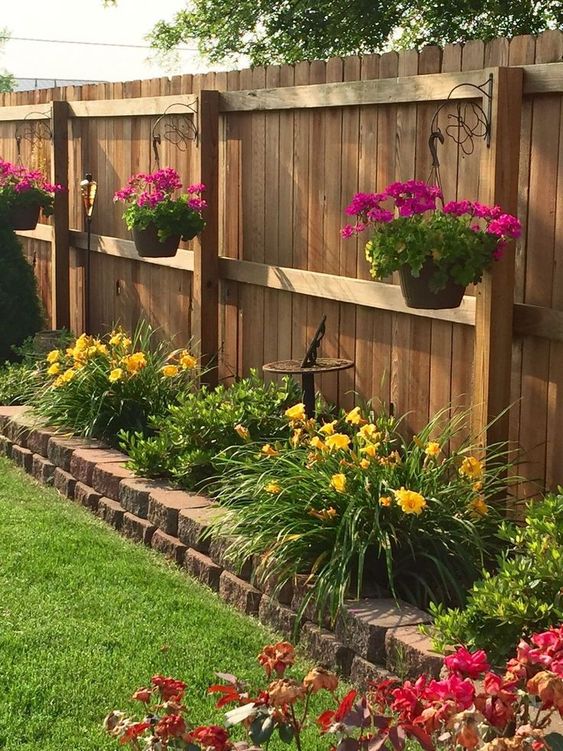 Vertical garden systems are a unique and innovative way to maximize limited garden space while promoting sustainable agriculture practices. By utilizing vertical space, gardeners can grow a wide variety of plants, herbs, and vegetables in a compact area, making the most of their backyard or balcony. These vertical gardens not only add a touch of greenery to urban environments but also help reduce the carbon footprint by promoting local and organic food production.
Vertical garden systems are a unique and innovative way to maximize limited garden space while promoting sustainable agriculture practices. By utilizing vertical space, gardeners can grow a wide variety of plants, herbs, and vegetables in a compact area, making the most of their backyard or balcony. These vertical gardens not only add a touch of greenery to urban environments but also help reduce the carbon footprint by promoting local and organic food production.
One of the key benefits of vertical gardens is their ability to conserve water. With traditional gardening methods, a significant amount of water is lost through evaporation or runoff. However, vertical gardens use a recirculating system that allows water to be efficiently used, with minimal wastage. Additionally, by incorporating a drip irrigation system, gardeners can ensure that plants receive the right amount of water, reducing the risk of overwatering or underwatering.
Incorporating a vertical garden into your backyard can also help improve air quality by increasing the amount of oxygen produced by plants. Not only do vertical gardens add aesthetic appeal to your outdoor space, but they also serve as natural air purifiers, filtering out pollutants and toxins. By growing a variety of plants vertically, you can create a mini ecosystem that not only benefits the environment but also enhances the overall well-being of your home. Consider reimagining your garden space and joining the world of sustainable agriculture with a backyard vertical garden today!
Vertical Gardens for Improved Air Quality
 Vertical gardens are a unique and innovative way to not only beautify your outdoor space but also improve the air quality around your home. By incorporating living plants into vertical structures, you can create a green oasis that not only looks stunning but also helps to filter out pollutants and purify the air.
Vertical gardens are a unique and innovative way to not only beautify your outdoor space but also improve the air quality around your home. By incorporating living plants into vertical structures, you can create a green oasis that not only looks stunning but also helps to filter out pollutants and purify the air.
One of the main benefits of vertical gardens is their ability to maximize space in small backyard areas. Whether you have a tiny patio or a narrow alleyway, vertical gardens offer a solution for adding greenery without taking up valuable floor space. Additionally, these gardens can be designed to suit any style or aesthetic, from modern and sleek to rustic and natural.
With the rise of urban living, vertical gardens have become increasingly popular as a way to bring nature into city environments. Not only do they add a touch of green to concrete jungles, but they also provide a host of benefits such as reducing noise pollution, regulating temperature, and creating habitats for birds and insects. Consider incorporating a vertical garden into your backyard to reap all these benefits and more.
Vertical Gardens as Decorative Features
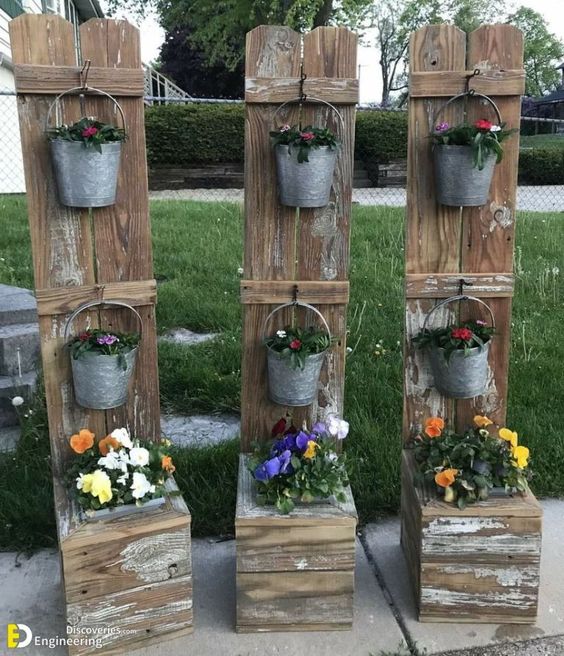 Vertical gardens have been gaining popularity as a unique and innovative way to transform any outdoor space. These living walls not only add a touch of greenery but also serve as captivating decorative features that can completely redefine the look and feel of your backyard. By utilizing unused vertical space, you can create a lush oasis filled with cascading plants and vibrant flowers.
Vertical gardens have been gaining popularity as a unique and innovative way to transform any outdoor space. These living walls not only add a touch of greenery but also serve as captivating decorative features that can completely redefine the look and feel of your backyard. By utilizing unused vertical space, you can create a lush oasis filled with cascading plants and vibrant flowers.
One of the key benefits of vertical gardens is their ability to maximize space, making them ideal for small yards or urban settings. With a vertical garden, you can enjoy a variety of plant species without taking up valuable ground space. Whether you want to create a serene retreat or a lively focal point, the versatility of vertical gardens allows you to customize your outdoor space to suit your personal style and preferences.
In addition to their aesthetic appeal, vertical gardens also offer practical advantages such as improving air quality, reducing energy costs, and providing insulation. By incorporating a vertical garden into your backyard design, you can enhance the overall ambiance of your outdoor living area while also contributing to a more sustainable environment. So why not rethink your garden space and explore the endless possibilities of creating a backyard oasis with the beauty and functionality of vertical gardens?
Future Trends in Vertical Gardening
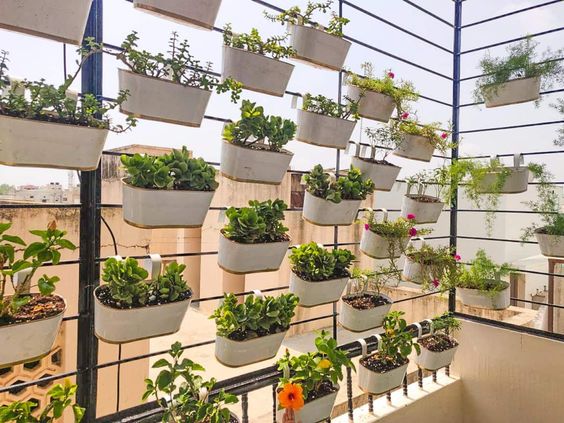 Vertical gardening has been gaining popularity in recent years as people look for innovative ways to maximize their garden space. The are all about rethinking how we use our outdoor areas and exploring new possibilities for plant cultivation. With advancements in technology and design, the world of backyard vertical gardens is expanding, offering endless opportunities for creativity and sustainability.
Vertical gardening has been gaining popularity in recent years as people look for innovative ways to maximize their garden space. The are all about rethinking how we use our outdoor areas and exploring new possibilities for plant cultivation. With advancements in technology and design, the world of backyard vertical gardens is expanding, offering endless opportunities for creativity and sustainability.
One of the key trends in vertical gardening is the use of modular systems that allow for easy customization and flexibility. These systems can be easily rearranged to accommodate different types of plants and changing seasons, making it simple to create a dynamic and ever-evolving garden space. Additionally, incorporating smart irrigation systems that are specifically designed for vertical gardens can help conserve water and ensure that your plants are receiving the proper care and nutrients they need to thrive.
Another exciting trend in vertical gardening is the integration of vertical planters into outdoor living spaces, blurring the lines between garden and patio. By incorporating hanging planters, living walls, and trellises into your outdoor design, you can create a seamless transition between indoor and outdoor spaces, bringing nature closer to home. Whether you have a small balcony or a sprawling back yard, vertical gardening offers a creative solution for maximizing your green space and reconnecting with the natural world.
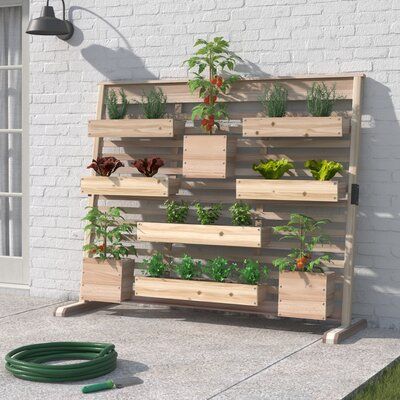 Q&A
Q&A
Q: What is a vertical garden and how does it differ from a traditional garden?
A: A vertical garden is a creative way to utilize vertical space by growing plants upward instead of outward. Unlike traditional gardens, vertical gardens can be installed on walls, fences, or even freestanding structures.
Q: What are the benefits of having a vertical garden in your backyard?
A: Vertical gardens not only maximize space, but they also help improve air quality, reduce noise pollution, and can create a stunning visual display in your backyard. They are also more accessible for those with limited mobility.
Q: What types of plants are suitable for a vertical garden?
A: A wide variety of plants can thrive in a vertical garden, including succulents, ferns, herbs, and even vegetables. It’s important to consider factors such as light exposure and watering needs when selecting plants for your vertical garden.
Q: How can someone get started with creating their own backyard vertical garden?
A: To start your own backyard vertical garden, you’ll need to choose a suitable location, install a vertical structure, select plants that are appropriate for the space, and ensure proper irrigation and maintenance. There are many resources and DIY tutorials available to help guide you through the process.
